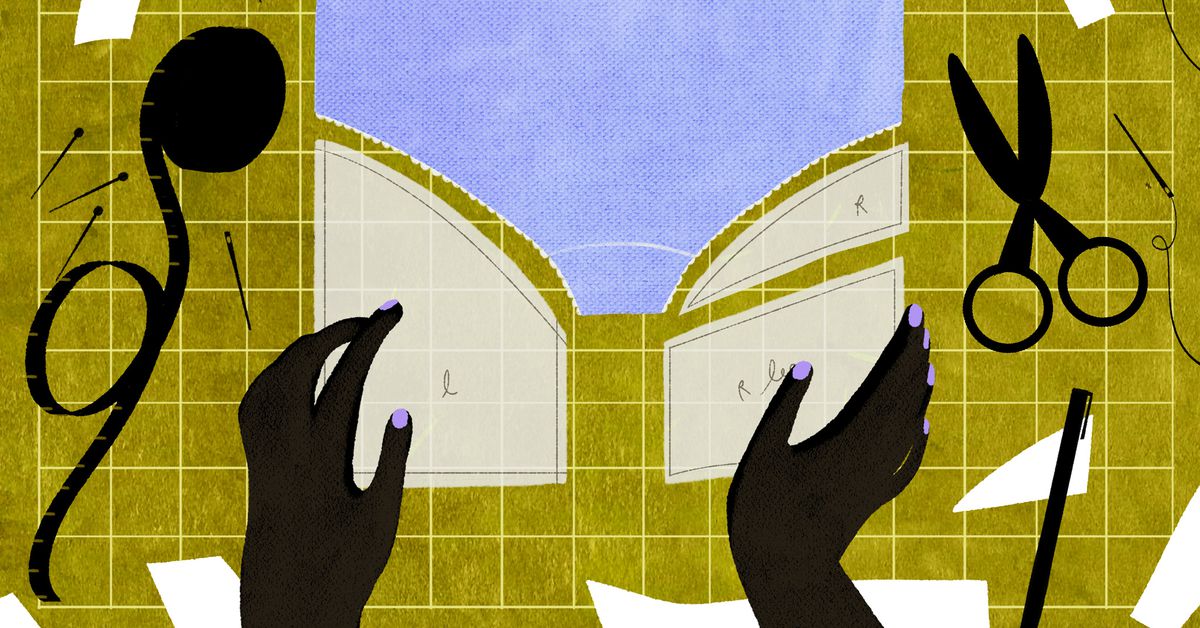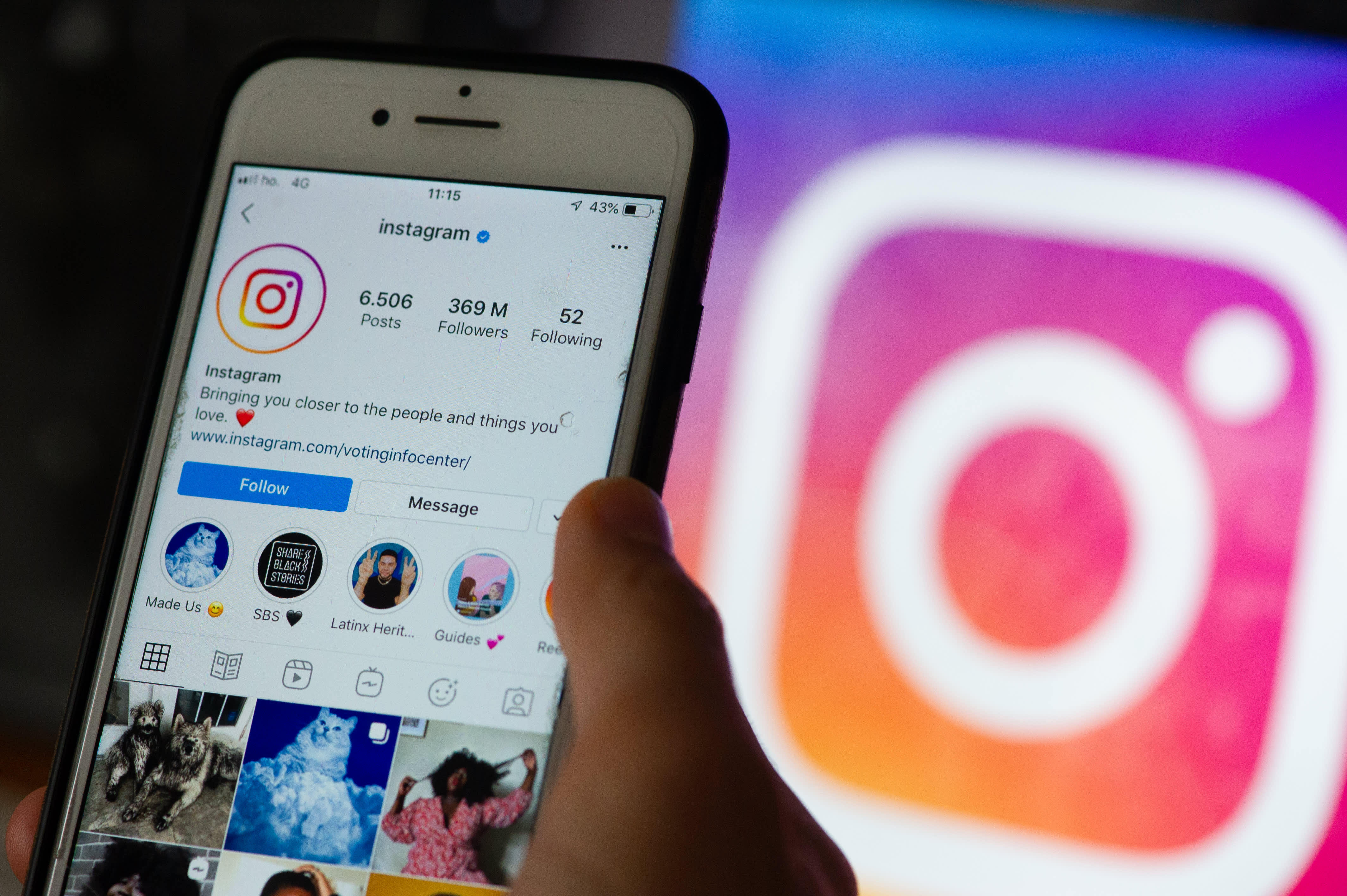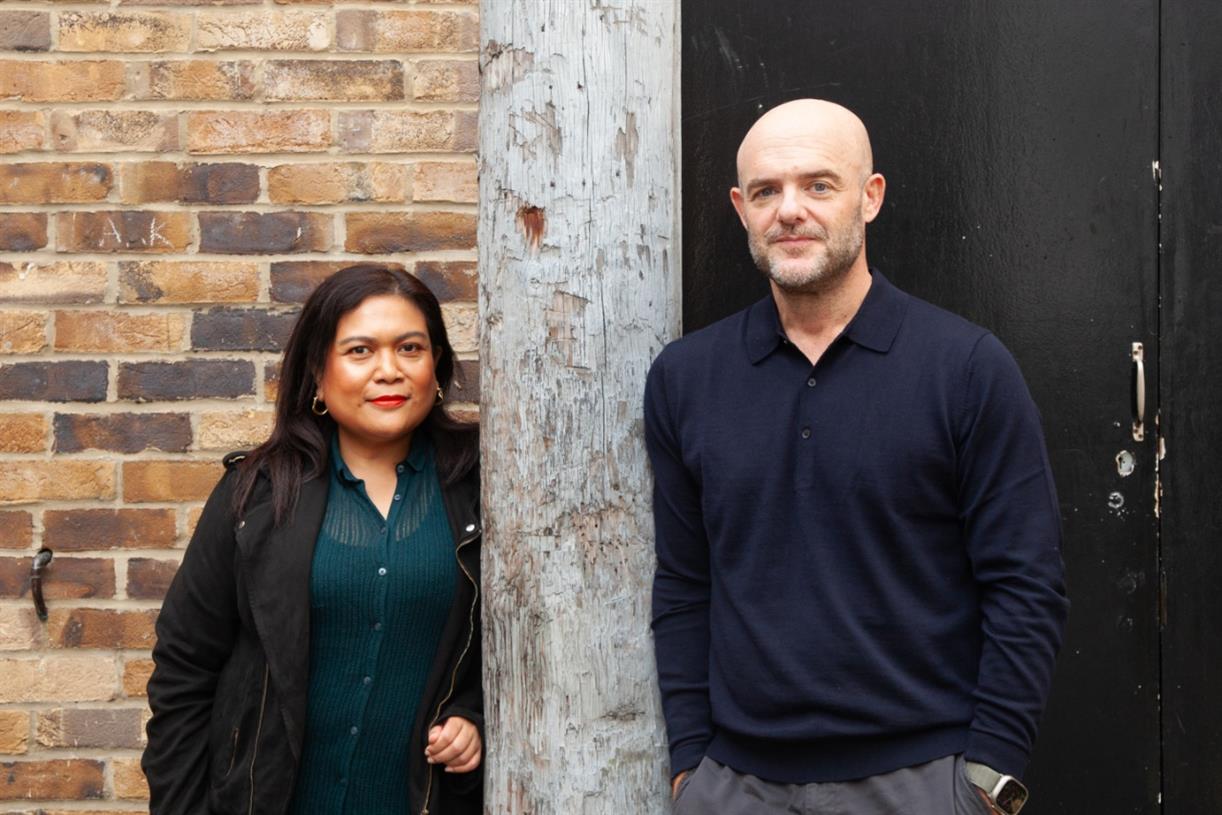The patchwork groups sharing gender-affirming underwear patterns
Illustration by Lyssa Park / The VergeMel Martinez’s dad had an unusual (and very much unofficial) title in the Air Force: stitch bitch. Decades later, that title — given to the many men whose duties included sewing — has...

Mel Martinez’s dad had an unusual (and very much unofficial) title in the Air Force: stitch bitch. Decades later, that title — given to the many men whose duties included sewing — has now become something of a rallying cry for queer sewists like Martinez, who put gender affirmation at the center of their creations. Martinez and many others are updating their craft to subvert status quo designs that don’t quite fit, building, instead, a world of underwear, lingerie, and intimates in which everybody (and body) is welcome.
“I have always been really particular about the way clothes fit; I have very sensitive skin and some skin allergies and some sensory stuff,” says Martinez, who uses both they and she pronouns. In the realm of underwear, this means that it often takes her months to find the perfect pair. So, knowing how to use a sewing machine, they eventually just decided to make their own.
When it comes to getting dressed, gender affirmation can mean a myriad of things: a celebration of oneself and one’s body, functional — and perhaps unconventional — tailoring, and, of course, comfort. But there’s not a lot of accessible information on the topic out there, Martinez says.
They’re right: communities like Sew Queer and The Sewcialists (which shut down in 2021) have served as digital gathering spaces for queer people who want to make their own intimates. But it’s a pieced-together effort of sharing information and pattern hacks — worlds away from the mainstream sewing companies who have been mass-producing patterns for generations of (mostly) women. Queers are searching for something often overlooked: binders, gaffs, lingerie for trans women, boxer briefs for nonbinary folks; designs that have simply never existed in the universe of McCall’s or Simplicity patterns.
While conventional, gendered bra patterns are a dime a dozen, Emilia Bergoglio, a queer sewist in Tokyo, Japan, saw that there were “basically zero resources” when it came to sewing binders. It led them to write a blog post titled “The Great Binder Story” for The Sewcialists as part of a larger series called All Chests Welcome, which cobbled together knowledge and how-to’s from a diverse array of hobbyists.
“Binders are essential for many trans folks, and they are not cheap,” they say. “Sometimes it’s impossible to find something that fully represents who you are in the market, so sewing helps you with that. You can create it yourself. The fit, the fabric, the silhouette — it’s very empowering.”
The Sew Queer blog has a similar page of resources more specifically aimed at queer sewing, full of links to tutorials, Facebook community groups, patterns, and suggested materials — which range from posts like the Floozy Doozy DIY Underwear Strap On Hack, which comes with a complete pattern available for purchase, to a Facebook group hosted by Rad Patterns, where folks can share pattern hacks, adjustments, and alterations to better fit their needs. It’s a small but growing Rolodex of vital information.
The queer community has been rooted in a do-it-yourself mentality for generations, making their own clothes, media, music, and so forth, says fashion historian Valerie Steele — who, in 2013, curated the FIT exhibition “A Queer History of Fashion: From the Closet to the Catwalk.” Because clothing is one of the clearest forms of nonverbal communication, it has been essential in enabling under-the-radar queer dialogue.
“When you start looking at fashion, you realize there were all these hidden histories — hidden at least to the general public now, not necessarily to people at the time,” she says. “If you look at your sexuality, your gender, your sexual orientation, your sexual presentation to the world — all of those things are related to your identity, and fashion is very much about that interface between your feeling about who you are and who wider society thinks you are.”
From this standpoint, it was clear to Martinez that the queers who could sew are often making their own undies. The queers who couldn’t needed an alternative. That’s what led Martinez to start Aqua Underwear, a boxer brief (for now) brand that began mid-pandemic out of her home in Salt Lake City, Utah. “At that point, a lot of people started talking to me about their underwear frustrations. Underwear isn’t necessarily a casual conversation you have with people, but when they find out that you make underwear, all of a sudden it’s like, yeah, everyone wants to talk to you about underwear!”
Martinez was tapping into a market that exploded during the pandemic; women’s lingerie alone was worth $42 billion in 2020, and is expected to reach $78.66 billion by 2027. Of course, those statistics don’t include the nascent categories like gender-affirming and gender-expansive underwear that makers like Martinez specialize in.
It’s a niche whose growth is driven by community need, says Rae Hill, founder of Origami Customs, which offers custom, hand-sewn lingerie. Hill estimates that gender-affirming items now make up 85 to 90 percent of their sales.
“My community really informed the direction that the company grew in,” they say. “We’re not reinventing the wheel. These things already exist. And I think people really needed to feel good and safe about where they were coming from, knowing that this is a queer and trans company, that it’s ethical manufacturing, that they feel good purchasing it and that it fits — size inclusivity, body inclusivity — that they can message us. Everything is really made on a one-on-one basis.”
Of course, hyper-customized pieces don’t come cheap. Hill partners with over a dozen community organizations in order to provide low- and no-cost options (Martinez also runs a pay-what-you-can program).
Whether custom or homemade, queer sewists around the world ultimately share the same goal: helping people feel comfortable in, as Bergoglio puts it, “their chosen skin.”
“I think it comes down to just feeling at ease with yourself,” Hill says. “I really hope that [our pieces] can be an entry point for people starting to play with their gender — literally, we try things on and see how they feel.”

 ValVades
ValVades 




























